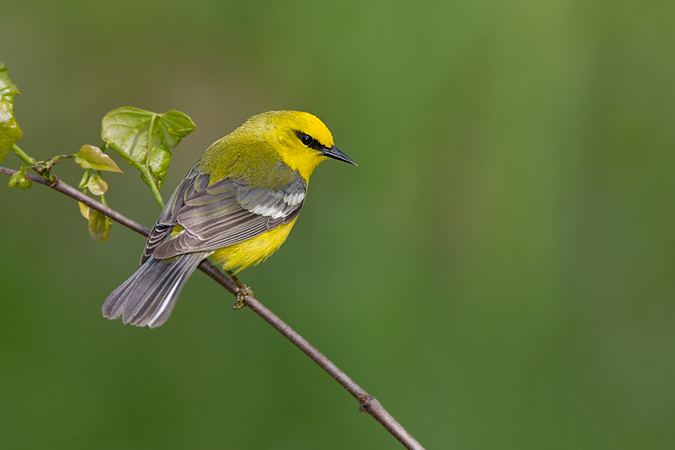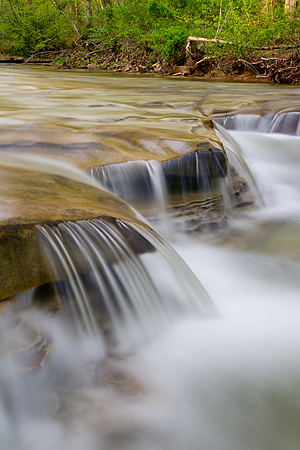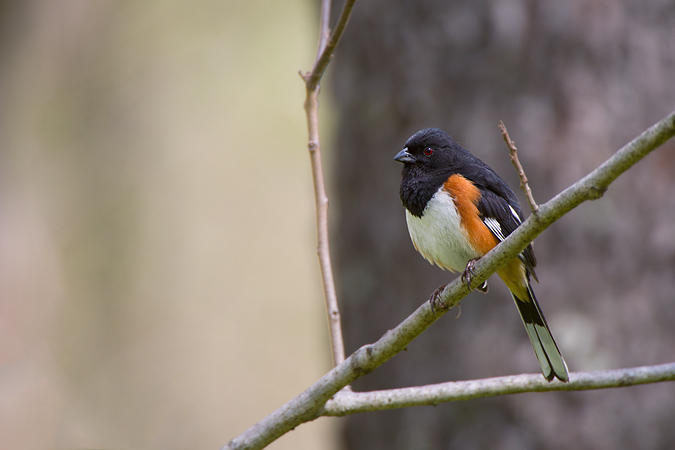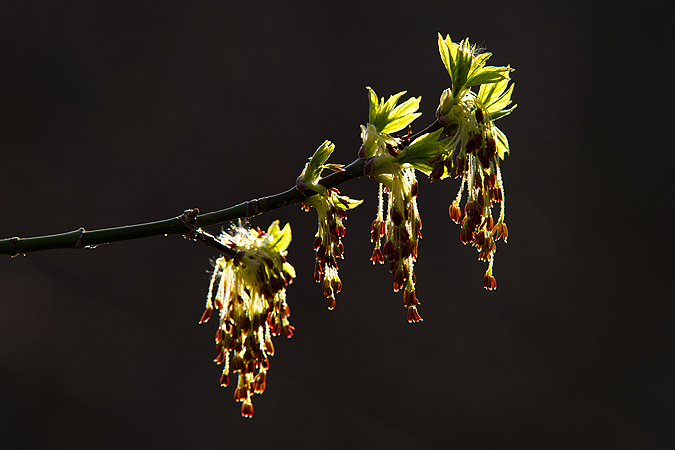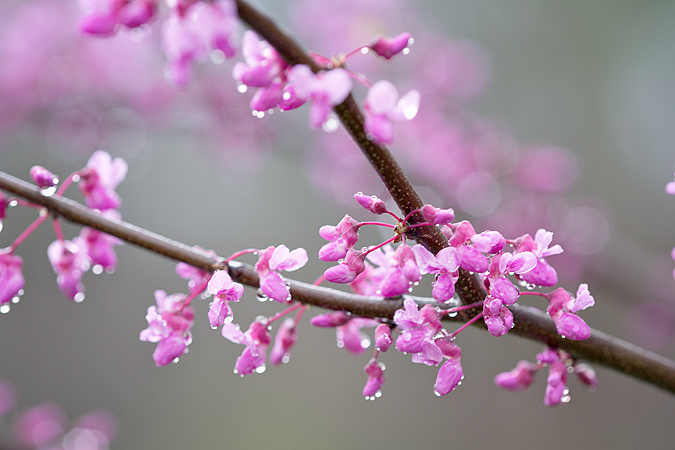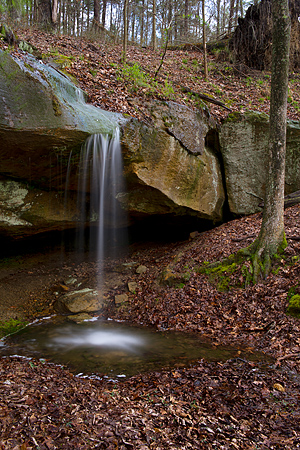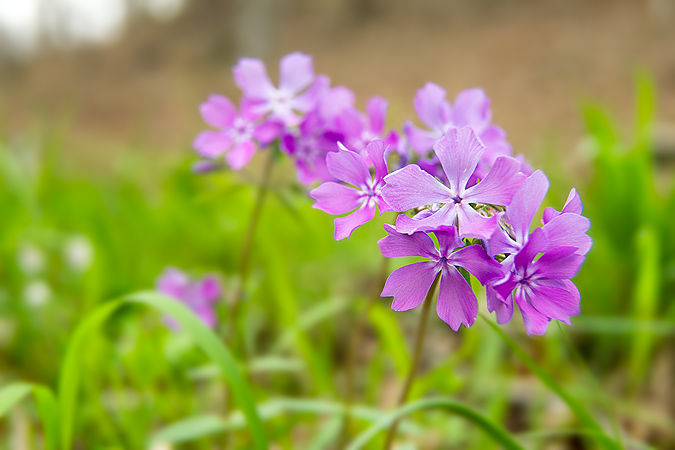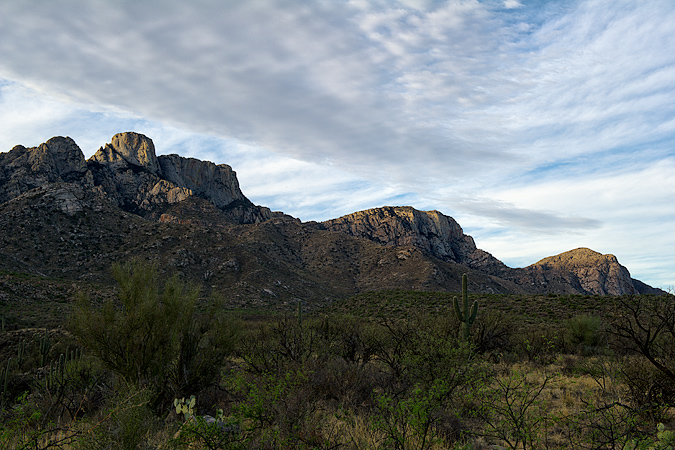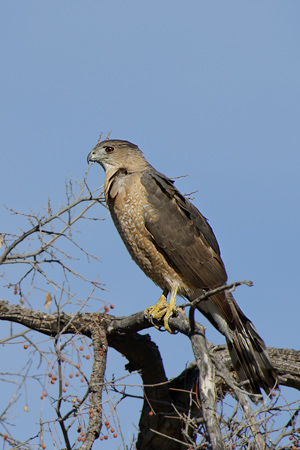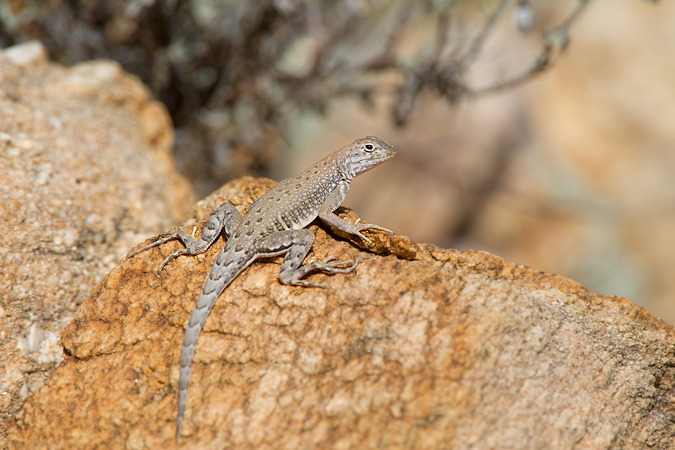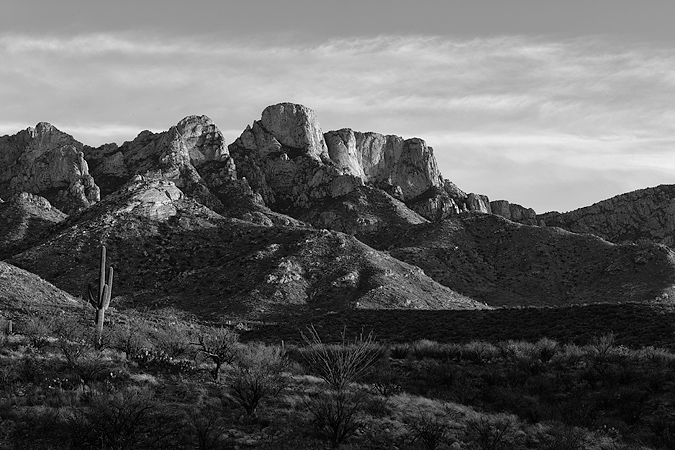Life got a little bit busy here so I wasn’t able to do any photographing last week, but this week I was really looking forward to another try at warblers. Even two weeks later, it is still early for warblers in Michigan, so I headed down to southern Ohio – this time near the Ohio River right on the Kentucky River. I was in for quite a shock as the Ohio was in major flood, burying not only its banks but many of the surroundings. Roads were completely underwater and impassable – I even came across a speedway that was completely submerged – even the bleacher seats were underwater. But I did have some luck with the warblers finally when I took alternate roads to get to Shawnee State Forest. It was a cloudy day all day, which was great for keeping the light soft as silk. This Blue-winged Warbler proved to be my best warbler subject to date. The image isn’t quite as balanced as I’d like, but it was good to finally start to get somewhere with warblers.
With all the rain lately, everything was flowing. I had some luck with the warblers, but the Blue-winged was really the treat of the day. I did run across an amazing little river – perhaps it’s just a trickle under normal conditions, but it was marvelous when I came across it. It had a fascinating bed all made of stone, and flat stone at that. The water was a little cold, but often you just can’t get the right feel if you try and photograph water from the bank.
I had one morning left to find some early warblers in southern Ohio. I went back to where I heard them calling and actually did have some success with a Pine Warbler. It was enough to convince me that the new techniques I was trying out had some potential to capture these difficult species. I didn’t manage to grab a quality shot of the Pine Warbler, but I had memories instead and lots of new ideas on how to try again in the future. The songbirds were definitely out there and singing full blast. I just love springtime! This Eastern Towhee was one that I did manage to get an acceptable, albeit not great, photo of. Believe it or not, this dapper guy is actually a big sparrow. Not all sparrows are drab and brown-colored.
I only had a morning available on my second day in southern Ohio, but on the way back to Michigan, I stopped at one of my favorite locales – Magee Marsh which sits outside of Toledo. Spring was in full bloom in southern Ohio but hadn’t arrived yet back in Michigan, so I was curious to see where things stood in northern Ohio. It wasn’t quite yet here, but there were signs of the changes. The robins were quite active and trees were blooming too. This will bring back the insects and the birds which feed on them. There are many different types of flowers out there. The colorful, showy ones are designed to attract pollinators that see well, like bees and hummingbirds. Many trees are wind pollinated though and have no need for such colors or large petals. The light caught these wind-pollinated flowers and gave me pause to appreciate nature’s variety.
Signs of spring had come. Spring is one of the most exciting times of year for a wildlife photographer. At the end of a long, dreary winter new life returns and subjects are everywhere. Not only are the animals around, but they’re all active. Generally speaking, they have two things on their mind – food and babies. This leaves no time for caring about trivial things like some fool who is trying to photograph them. I had made a resolution this spring to try and photograph some of the birds that can be the most difficult – the tiny and energetic warblers. So with the signs of spring, I headed south where spring would arrive earlier. With my car and a couple of days that meant Ohio. So I set out with the goal of finding some of the early warblers on their breeding territories. It was clear that spring was out much stronger down here. The mountains are home to one of my favorite spring flowers, redbuds, which are an early flowering tree.
I really was trying hard for the warblers, but getting them on breeding territories is a new approach. Like most new approaches, it needs work and a lot of it. In a place like Zaleski State Forest where I had never been before, just locating the birds was a big challenge. While I didn’t have much results with the birds, I did stop and admire the marvelous scenery. There had been a hard rain last night and from it water was draining all over the hills. The runoff created this gorgeous waterfall. Usually I find waterfalls to be all about the water. Obvious, huh? But in this case, it was the surrounds – the way the waterfall was nestled into the forest that attracted my attention. A secret tucked away in the glen was what I was aiming for.
From before sunup to sundown, I scoured the area for warblers. While I anticipated photographing these feathered gems, instead I focused on the landscape and myriad of spring wildflowers. I did hear songbirds of various species calling at different locations. The first part of the puzzle is finding your subjects, so I had some leads for tomorrow. With one morning left though, odds of getting some good results were small. But hey, you’d be crazy to complain at spending the weekend in lush mountains as spring is breaking out all around you!
Catalina State Park truly is a joy to stay in. Not many cities have such a great area just outside their city limits – Tucson is lucky! Outside of the campground I called home for a couple of nights, there are numerous trails leading up into the mountains and wildlife abounds, even early in the spring. An early morning start had me out on the trail before light. When the light did come up, I was treated to an unexpected surprise. Some clouds were in the sky and remained around for the early part of the morning.
On the trail I ran into a vociferous adult Cooper’s Hawk. It was one of the situations where I just couldn’t get anywhere that I could both have decent light on the bird and position a decent background. One of those times that you shouldn’t press the shutter, but the hawk called so frequently that I felt I had to oblige. The image will serve as a reminder of a future image I hope to take.
One thing Arizona has in great abundance is lizards. In addition to numbers, there is also quite a bit of diversity. I saw somewhere around a dozen species in my short trip, and there are quite a few more around depending where in the state you travel. Lizards have one trait that makes them very endearing subjects: they love to sunbathe. That means that you can find them basking on a rock soaking in the rays, just waiting for a photographer to come along. I’m sure it must look ridiculous when I creep up on them, but fortunately most of the time it is only the lizards and birds that watch. This Greater Earless Lizard barely glanced at me as I approached.
All in all, I had a wonderful time in Arizona. I missed the desert wildflower spectacular, but I was still treated to some great scenery and the uniquely adapted species of the desert. Places I travel usually fall into three categories: cool places that I’ll get around to going back to eventually, great places that if time and budget permits I want to return in the next few years, and unique places that if I had my choice I would spend some time in every year. Southeastern Arizona falls into the last category; it has so many unique aspects to it that I only scratched the surface of – if only it wasn’t so far away. A little hint of clouds came back as the sun set on my Arizona trip, giving me one of my favorite landscape photos from the trip. The image sort of summed up everything I felt about the desert landscape – mountains, canyons, saguaros, and that touch of light that paints the contours of the land. While it was an image that worked in color, it spoke to me stronger in black and white.

